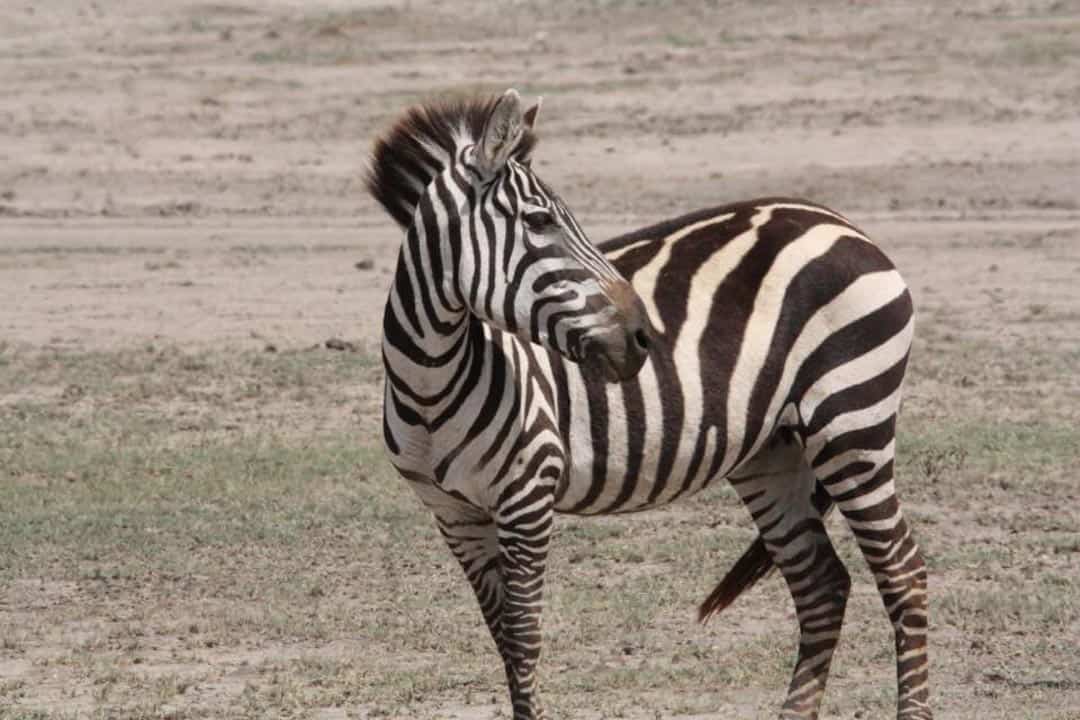I was lucky enough to travel to Tanzania over the winter break for a safari holiday with my family, spending most of my time in Serengeti National Park and the surrounding protected areas. It is impossible to travel through an area of such incredible natural abundance without wondering about its longevity. Nearly all of the species that tourists travel across the world to see — elephants, lions, leopards, and so on — are experiencing significant population decline. But in Tanzania and other African countries, the conservation of these species is more complicated than we might think.
Governments need to find a way to make conservation not only beneficial for animals but pragmatic for citizens as well. This dichotomy exists because living in the immediate vicinity of lions or zebras can create problems for the community and pose both direct and indirect threats to development. For example, predatory indigenous animals often threaten livestock, which sometimes provokes retaliatory attacks on endangered animals. National Geographic published a story early last year detailing the toll that a particularly aggressive pride of lions took on an entire village in Botswana, while the travel website Africa Geographic detailed one attack in Namibia last November during which over 250 animals were lost to lion attacks within one week.
Perhaps more prevalent is the issue of competing demands for land. In 2016, Tanzanian authorities threatened to forcibly remove drought-afflicted herders who had moved their cattle into areas designated for conservation. Tanzania’s Vice-President, Samia Hassan Suluhu, remarked at the time, “We would not want to see any livestock from either within or outside the country [to] encroach and tamper with our national park ecosystems.” Remarks like these prompted some to ask whether the importation of the American national parks model might be flawed in areas where “demands on the land are much greater.”
The complexity of this issue was brought to the fore in 2014 when Corey Knowlton, a Texan hunter, purchased a hunting license for a critically endangered black rhino. The license was issued by Namibia’s Ministry of Environment and Tourism and auctioned by the Dallas Safari Club. Perhaps even more controversial than the prospect of recreationally killing one of the last remaining members of a critically endangered species was the claim, made by both Knowlton and the safari club, that the issuance of such licenses was done in the interest of conservation. As reported by CNN, Knowlton stated that “the killing of an older rhino bull, which no longer contributes to the gene pool but which could aim to harm or kill younger males, is part of the science of conservation.” Furthermore, the $350,000 USD that Knowlton paid for the ability to hunt the black rhino is being used to fund conservation and anti-poaching efforts.
To critics, this is outward hypocrisy bordering on absurdity. Azzedine Downes, President of the International Fund for Animal Welfare, stated categorically, “We just simply don’t believe that trophy hunting has any place in serious conservation.” People for the Ethical Treatment of Animals promised a lawsuit, declaring, “These permits are fundamentally inconsistent with the purpose of the Endangered Species Act, which is to conserve endangered species, not to authorize their slaughter.” A petition received by the US Fish and Wildlife Service in opposition to the endeavour received more than 135,000 signatures.
Other groups take an arguably more practical approach when faced with such dilemmas. The World Wildlife Fund (WWF), for example, emphasizes the realities of conservation for the human and wildlife inhabitants of the region. In a mission statement, the WWF pledges its support for “hunting programs that present no threat to the survival of threatened species.” They go even further by asserting that “such programs provide valuable income to local communities for conservation and development projects, and provide incentives for communities to engage in wildlife conservation for the long-term.”
It is this emphasis that our usual conversations about conservation lack. The WWF understands the importance of making the environment work for the people around it, not just the other way around. This balance is not only motivated by concern for human welfare but also by an understanding that long-term sustainable conservation strategies must provide opportunities for increased income, prosperity, and development as opposed to hindering them.
Ultimately, Knowlton’s critics may be right. Allowing an animal to be killed for sport likely does undermine the principle that the value of that animal extends beyond its value to us — that there is something fundamentally wrong with killing an innocent creature regardless of possible economic gain. But the larger insight about conservation remains.
We in Canada, like much of the developed world, have already benefited, at least economically, from the near-total subordination of our environments to our needs and desires. Advocating for conservation from this position is fairly easy — the exploitation has already taken place, and comparatively, we don’t have much left to lose. This is simply not the case in Namibia, Tanzania, or in many other countries in the region.
A sustainable approach to conservation cannot be advocated at the expense of development, especially since the areas where conservation is most important are those where development is most needed. We need to make conservation work for the citizens of those developing countries, not just the animals. Our conversations about the best ways to protect the environment should reflect that going forward.
Zach Rosen is a second-year student at Trinity College studying History and Philosophy. He is The Varsity’s Current Affairs Columnist.


